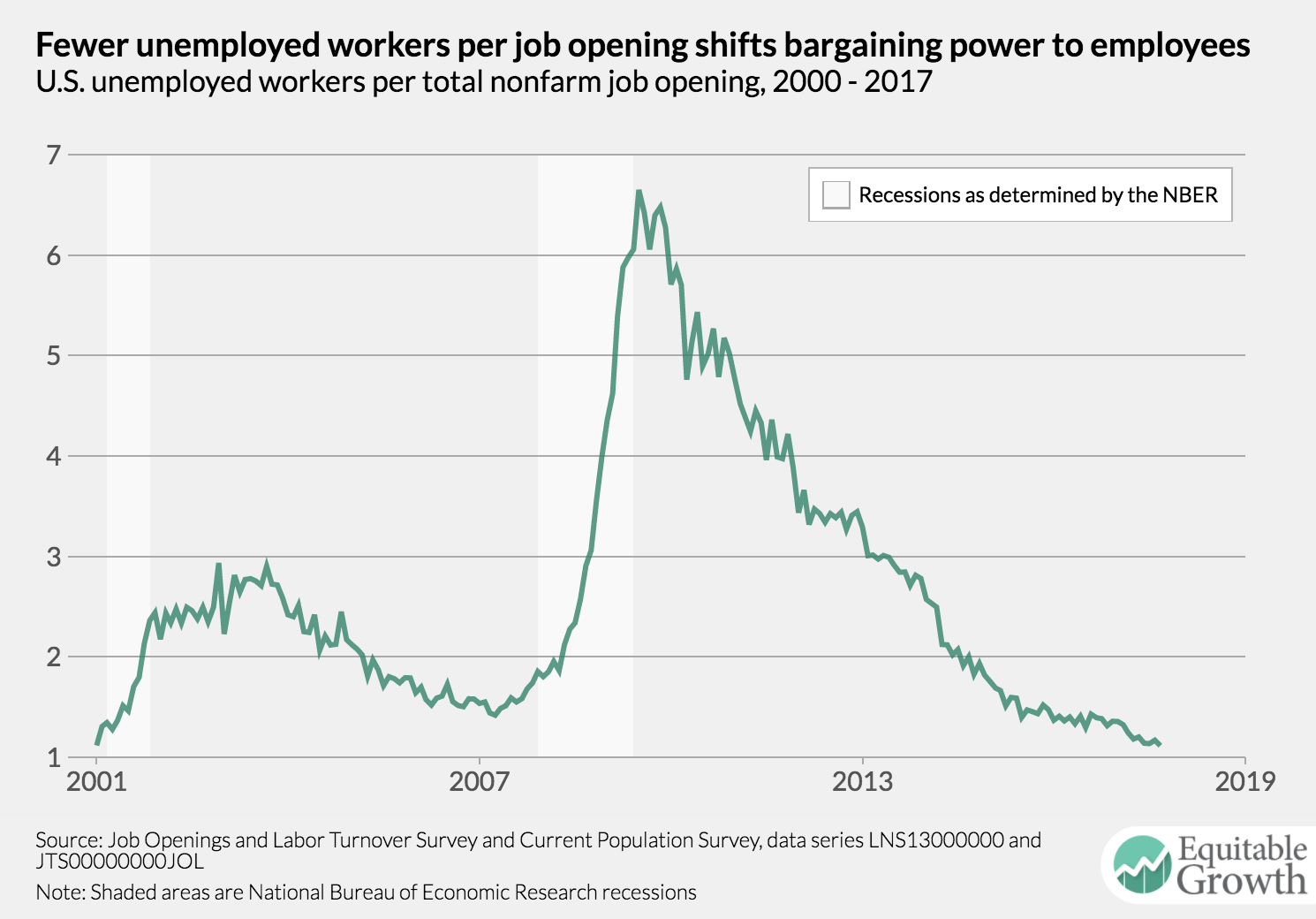…Prior to 1913… O’Rourke (2000)… estimated unconditional convergence equations, conditional convergence equations, and factor-accumulation models for a panel of ten countries and eight periods between 1874 and 1914, and concluded from all three approaches that tariffs were positively associated with growth. The result is robust to including country fixed effects… controlling for initial income… including changes in capital/labor and land/labor ratios; it is not all about a correlation between tariffs and the presence of a frontier….
The problem is that none of the standard explanations for this positive tariff-growth correlation hold water. Generalizing from their reading of U.S. history, Collins and Williamson (2001) argue that… tariffs… lowered the relative price of capital and through this channel boosted investment and growth. This… is consistent with… Abramovitz and David (1973)… resonates with… DeLong and Summers (1991)…. Another possible explanation is the infant-industry argument, specifically the version which assumes that learning by doing is concentrated in the industrial sector…. Unfortunately, this interpretation does not withstand scrutiny. To start with, the relative price of investment goods depended on other things besides just tariffs… like resource endowments and the direction of technical change…. A detailed analysis of the U.S. tariff code by DeLong (the same DeLong of DeLong and Summers fame) does not support the idea that the tariff favored imported investment goods over consumer goods. To the contrary, DeLong verifies the existence of tariffs on imports of capital goods as high as 50 per cent, and concludes that “the tariff made a wide range of investment goods – from British machine tools and steam engines to steel rails to precision instruments – more expensive” (DeLong 1998, p.369)….
Certainly, the historical literature is consistent with the idea that temporary protection can have long-lived, even permanent, effects in shifting comparative advantage. Juhasz (2014) shows that French cities that enjoyed temporary protection from British textile exports during the Napoleonic Wars were quick to enter the cotton spinning industry and remained internationally competitive long after trade with Britain was restored.Other examples of this natural-experiment-type evidence could be cited. But none of these studies really documents the existence of localized learning–of intra-firm knowledge spillovers from production. Where scholars, for example Doug Irwin (1998) in the case of tinplate production, looked for them, they found that knowledge spillovers are as much international as domestic….
Borrowing constraints, recall, are a standard argument for protecting infant industries on second-best grounds (Dasgupta and Stiglitz 1988). But this emphasis on capital market constraints sits uneasily with the extent of international borrowing and lending in this earlier period…. Schularick and Steger (2010) analyze the relationship between the growth of real GDP per capita and financial integration in the decades before 1913, controlling for initial income, other policies and endogeneity, and measuring financial integration in a variety of different ways. Financial integration, they find, was positively, significantly and robustly associated with economic growth….
By process of elimination, we are left with the simplest hypothesis: that tariffs, which in this earlier period typically protected manufacturing more generously than agriculture, were associated with higher incomes and faster growth because the productivity of labor, and perhaps also the productivity of other factors of production, was significantly higher in manufacturing than agriculture. The 19th century was a period of unprecedented technological progress, in industry in particular. (It wasn’t called the Industrial Revolution for nothing.) As a result, disequilibrium wage and productivity gaps between workers in agriculture and industry were substantial in the period’s late-developing countries….
The obvious challenge… is that productivity gaps between agriculture and industry are even larger in developing countries today…. The explanation, I submit, is that the reasons for the productivity gap were different. In the 19th century, its source was a succession of positive shocks to manufacturing productivity, in conjunction with information and migration costs that prevented labor from being reallocated at a rate sufficient to close the gap. Nowadays, every farmer in Western China knows how much higher wages are in manufacturing enterprises on the coast, and only the internal passport (hukou) system prevents more of them from moving in response. Channels for disseminating this information, while not absent in the 19th century, were less well developed….
This, in conjunction with positive shocks to technology in manufacturing, kept labor productivity in the two sectors in a state of persistent disequilibrium. Hence tariffs protecting manufacturing, with the intent of making the sector larger, offset domestic distortions making the sector too small…. In the absence of… first-best interventions, which were resisted on grounds of ideology, self-interest and because in some cases government lacked the relevant capacity, tariffs were second best….
The problem in poor countries today is different. It is the existence of domestic distortions that depress agricultural productivity and at the same time make it hard for manufacturing to expand, tariff protection or not…. The inability of manufacturing to expand productively may reflect the absence of labor with the requisite skills, inadequate infrastructure, or an unstable and unpredictable policy environment. Again, these are distortions to which tariff protection is irrelevant. This resolution is consistent with… the tariff-growth correlation… positive then, but negative or zero today… [and] a caution to… advocates of protection for manufacturing in high-income countries…


